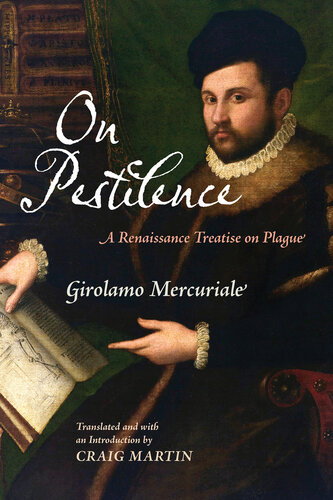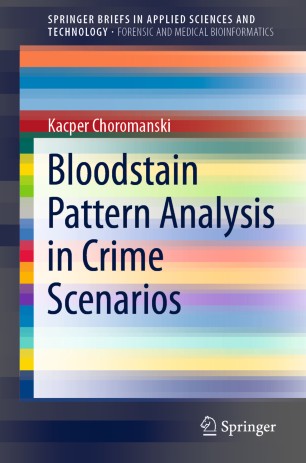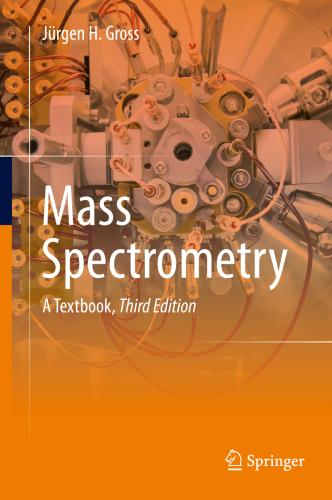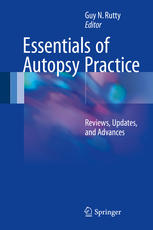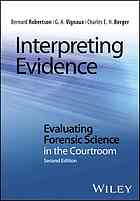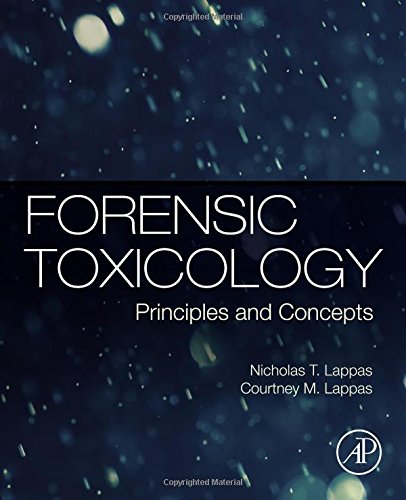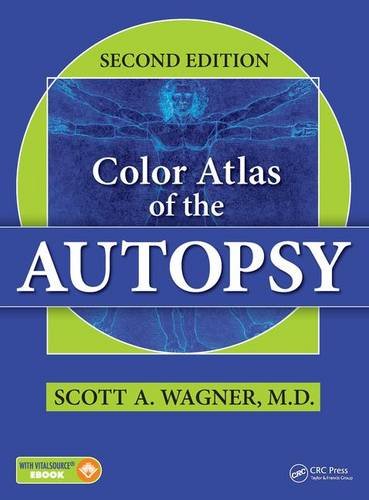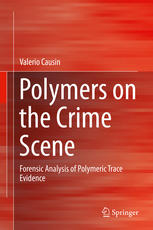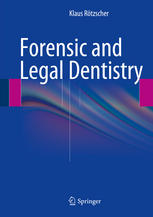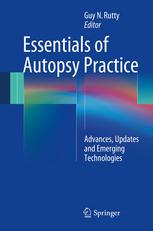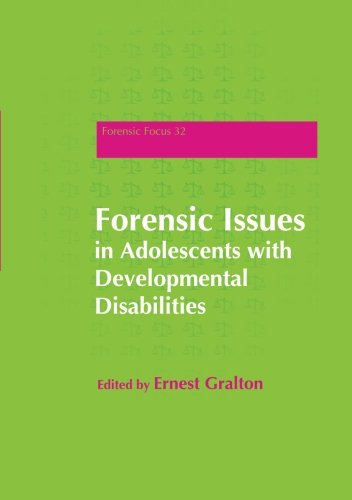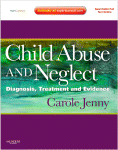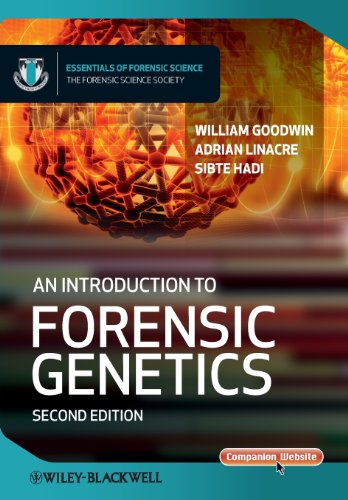در مورد آفت: رساله رنسانس در مورد طاعون ۲۰۲۲
On Pestilence: A Renaissance Treatise on Plague 2022
دانلود کتاب در مورد آفت: رساله رنسانس در مورد طاعون ۲۰۲۲ (On Pestilence: A Renaissance Treatise on Plague 2022) با لینک مستقیم و فرمت pdf (پی دی اف)
| نویسنده |
Girolamo Mercuriale |
|---|
| تعداد صفحهها |
160 |
|---|---|
| نوع فایل |
epub |
| حجم |
4 Mb |
| سال انتشار |
2022 |
89,000 تومان
معرفی کتاب در مورد آفت: رساله رنسانس در مورد طاعون ۲۰۲۲
در بهار سال 1576، اداره بهداشت ونیزی، از ترس شیوع روزافزون طاعون، قرنطینه ای را بر شهر تحمیل کرد. این اقدام بحث برانگیز بود، زیرا برخی از صاحبان قدرت ماهیت دقیق بیماری را زیر سوال بردند و نگران تأثیر اقتصادی و سیاسی قرنطینه بودند. دادگاهی از پزشکان توسط دوژ احضار شده بود، از جمله ژیرولامو مرکوریال، استاد پزشکی در نزدیکی پادوآ و شاید مشهورترین پزشک در تمام اروپا. مرکوریال گفت، هر بیماری که ونیز را مبتلا کرده باشد، یک بیماری همه گیر نبوده و نمی تواند باشد، زیرا نه سریع حرکت می کند و نه به اندازه کافی گسترده برای این تشخیص وجود دارد. به توصیه مرکوریال و مخالفت های اداره بهداشت جمهوری، قرنطینه لغو شد. شادی ونیزی ها کوتاه مدت بود. تا جولای 1577، زمانی که شیوع بیماری به پایان رسید، طاعون حدود 50000 ونیزی یا تقریباً یک سوم جمعیت شهر را کشته بود.
در ژانویه 1577، در بحبوحه یک بیماری همه گیر، که اکنون متوجه شد اشتباه تشخیص داده شده است، مرکوریال یک سری سخنرانی از محل اقامت خود در پادوآ ایراد کرد. این اثر که تحت عنوان درباره آفت منتشر شد، اپیدمی های قبلی، از جمله طاعون ژوستینیانوس در قرن ششم و مرگ سیاه قرن چهاردهم، و گزارش های طاعون در بقراط، جالینوس، ابن سینا، را بررسی کرد. و منابع دیگر مرکوریال اعلام کرد که طاعون به دلیل ماهیت کشنده و سرعت گسترش آن متمایز است. او ادعا کرد که عمدتاً از طریق هوا منتقل می شود و از طریق انتقال میکروبی جذب نمی شود، بلکه به این دلیل است که خود هوا به آفت تبدیل شده و باعث پوسیدگی می شود. او با استفاده از مشاهدات خود، تئوری های اخیراً توسعه یافته در مورد عفونت را ارزیابی کرد و به این نتیجه رسید که دود این آفت می تواند از اجساد بیمار قربانیان خود نیز ساطع شود و همچنین ممکن است فرد از لباس های آلوده یا رختخواب بیماران به این بیماری مبتلا شود.
در ترجمه ای از کریگ مارتین، درباره بیماری برای اولین بار به زبان انگلیسی ظاهر می شود، همراه با مقدمه ای که این اثر را در چارچوب قرن شانزدهم ایتالیا، تاریخ ایتالیا قرار می دهد. دارو، و پاسخ های خود ما به یک بیماری همه گیر.
In the spring of 1576, the Health Office of Venice, fearful of a growing outbreak of plague, imposed a quarantine upon the city. The move was controversial, with some in power questioning the precise nature of the disease and concerned about the economic and political impact of the closure. A tribunal of physicians was summoned by the Doge, among them Girolamo Mercuriale, professor of medicine in nearby Padua and perhaps the most famous physician in all of Europe. Whatever the disease was that was affecting Venice, Mercuriale opined, it was not and could not be plague, for it was neither fast-moving nor widespread enough for that diagnosis. Following Mercuriale's advice and against the objections of the Health Office of the Republic, the quarantine was lifted. The rejoicing of the Venetian populace was short-lived. By July 1577, when the outbreak had run its course, the plague had killed an estimated 50,000 Venetians, or approximately a third of the city's population.
In January 1577, in the midst of a plague he now recognized he had misdiagnosed, Mercuriale offered a series of lectures from his seat in Padua. Published under the title On Pestilence, the work surveyed past epidemics, including the Justinianic Plague of the sixth century and the Black Death of the fourteenth, and accounts of plague in Hippocrates, Galen, Avicenna, and other sources. Plague, Mercuriale pronounced, was characterized by its lethal nature and the rapidity with which it spread. He contended it was primarily airborne and was not caught through microbial transmission, but because the air itself became pestiferous and promoted putrefaction. Using his observations, he evaluated recently developed theories of contagion and concluded that pestiferous vapors could also emanate from the diseased bodies of its victims, and that one might also contract the disease from the contaminated clothing or bedding of the ill.
In Craig Martin's translation, On Pestilence appears for the first time in English, accompanied by an introduction that places the work within the context of sixteenth-century Italy, the history of medicine, and our own responses to epidemic disease.

